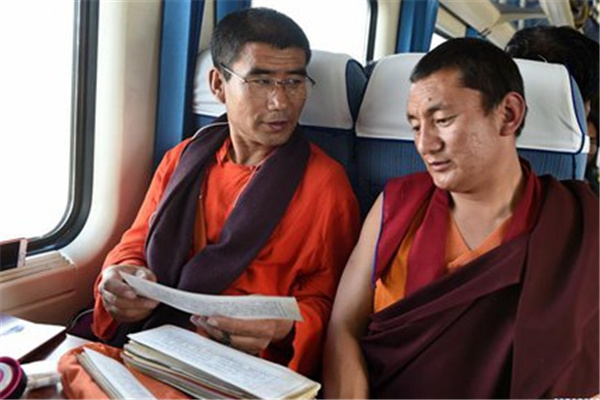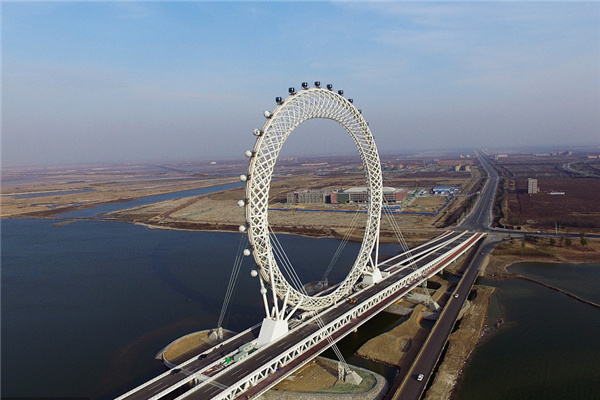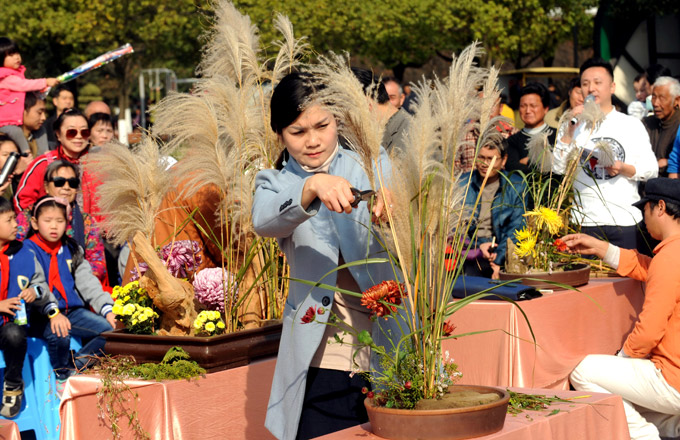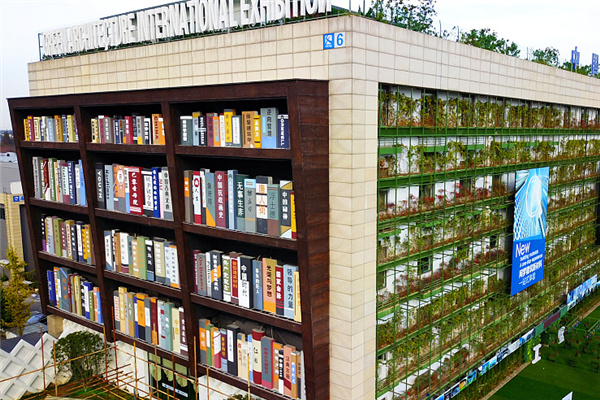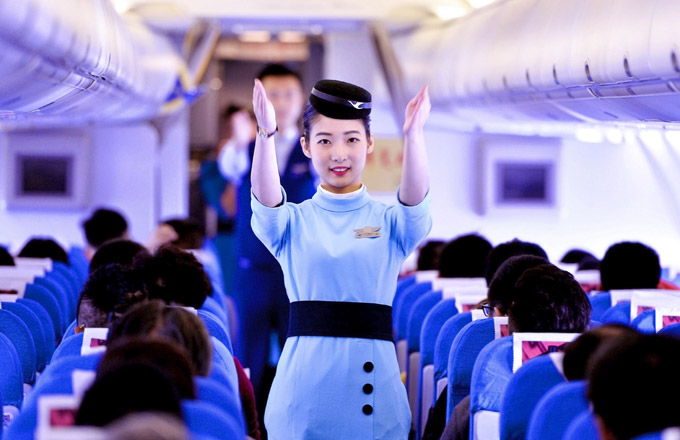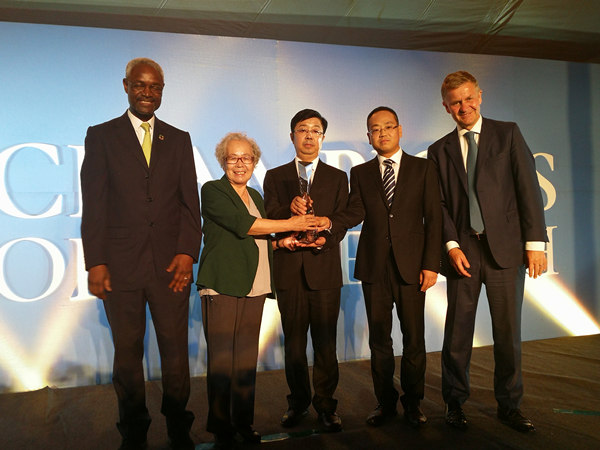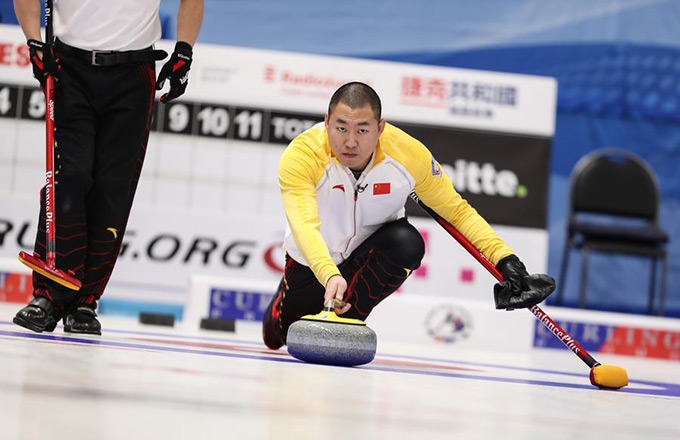

Feiyue Sewing Machines founder Qiu Jibao calls himself "a typical farmer's son", working diligently to make a fortune.
Born in 1962, Qiu suffered from poverty in his childhood. "I never wore any new clothes before the age of 20. Most of the time, when someone died in our village, we took their old clothes after the funeral, and made them into something wearable," he recalls.
|
Feiyue showroom |
He quit school after three days in senior high school because his family could not afford the seven-yuan per semester tuition.
He initially made a living as a pedicab driver but could only earn three jiao (5 cents) a trip. However, local authorities soon shut him down because he didn't have a license to operate the tiny business.
In 1977, the 15-year-old Qiu and his 13-year-old brother left their small village near Taizhou in East China's Zhejiang province carrying a shoe repair kit, and traveled to northeast China, where the economy was leading the country with industrialized mass production.
The two brothers made a living by repairing shoes. They ate the cheapest preserved vegetables, and crashed with other migrant workers in one bed at night. In winter, when the temperature dropped to below freezing point, the teenage brothers attempted to keep working outdoors but their frozen hands couldn't hold a hammer or put thread through needles. At that time, Qiu also saw an old-style shoe sewing machine and began thinking.
Three years later Qiu came back to his hometown, holding his first fortune - a few thousand yuan. Machine production was his new focus. Qiu learnt lathe techniques in three different factories. He not only worked free there, but also paid them 40 yuan tuition a month. At that time, the average salary in the country only stood at 30 yuan a month.
While spending his days in factories, Qiu revived his pedicab business for early mornings and late nights and earned six to seven yuan a day when business was good.
Qiu's diligence was noticed and appreciated by an older worker in the factory who would later become Qiu's father-in-law.
In 1981, Qiu got married. On his wedding day, he was still working in the factory, until his mother rushed to the factory at 3 pm. After washing away the dirt and grease, Qiu went to receive his bride.
Qiu started producing sewing machine parts by himself in 1983. Three years later, he established his firm in the village, producing whole sewing machines.
In order to gain the core technology, Qiu sought help from the then Shanghai Sewing Machine Institute. To his great joy, the organization agreed to send two retired technicians to Qiu's firm. Qiu himself gave bicycle rides to the two prestigious experts from the river harbor to the factory. Not only vacating his bedroom for the technicians, Qiu got up at 5am to carry water from a nearby well for his new guests.
Qiu says Feiyue's development experienced three phases. At the very beginning, they focused on making money. Qiu and his staff traveled across China and the world to sell their products. With the expanded sales network, the firm began expanding its manufacturing base and five years ago Feiyue became the world's largest sewing machinery producer.
In the recent decade or so, Qiu has realized only innovation can trigger sustainable growth.
Qiu often travels abroad, listening to clients' needs, and bringing the information to his research teams, which are based in Beijing, Ningbo, Taizhou and Japan.
Currently Feiyue is focusing on a new concept that he describes as a, "complete assembly line from textiles to the final garments. It will bring dramatic changes to the garment manufacturers", Qiu says.
(China Daily 03/10/2008 page12)

